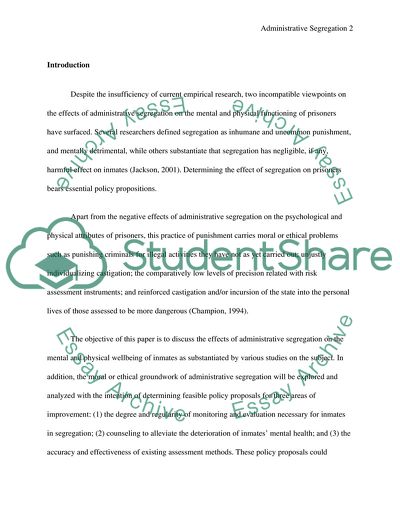Cite this document
(Ethical Implications of the Effects of Administrative Segregation Article, n.d.)
Ethical Implications of the Effects of Administrative Segregation Article. Retrieved from https://studentshare.org/law/1727869-effects-of-administrative-segregation
Ethical Implications of the Effects of Administrative Segregation Article. Retrieved from https://studentshare.org/law/1727869-effects-of-administrative-segregation
(Ethical Implications of the Effects of Administrative Segregation Article)
Ethical Implications of the Effects of Administrative Segregation Article. https://studentshare.org/law/1727869-effects-of-administrative-segregation.
Ethical Implications of the Effects of Administrative Segregation Article. https://studentshare.org/law/1727869-effects-of-administrative-segregation.
“Ethical Implications of the Effects of Administrative Segregation Article”, n.d. https://studentshare.org/law/1727869-effects-of-administrative-segregation.


